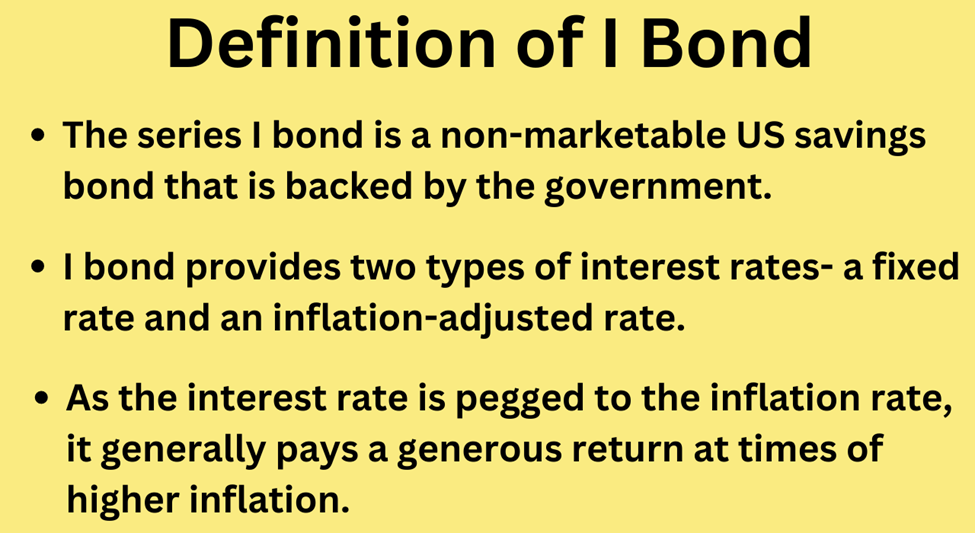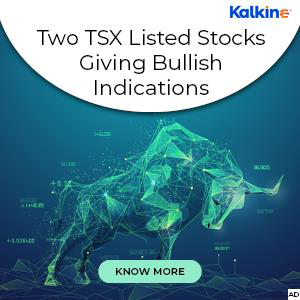Highlights:
- I bonds are government-backed US savings bonds that provide a fixed interest along with an inflation-adjusted interest rate.
- As the interest rate of these bonds is pegged to the inflation rate, it pays a generous rate during higher inflation.
- But there are certain limitations to these bonds that individuals should focus on.
The soaring prices have been weighing on the sentiments of Americans, and consumers are being forced to pay higher for the essentials as well as for their leisure activities. On the other hand, the central bank's aggressive effort in curbing the stubbornly high inflation has weighed on the broader financial market.
The stock market witnessed highly volatile trading so far this year, while many traders noticed a slump in their brokerage account balances. During these times of extreme uncertainties, many investors struggle for the direction where they should put their bets that are not spent on the essentials.
Now, many investors explore opportunities in the I bonds and given the higher inflation in recent days, the I bonds have gained some traction lately.
But for those who are wondering what I bond is, let's take a quick tour of its details, while exploring some pros and cons of it:
What is I Bond?
I bonds are referred to as US savings bond which is non-marketable and bears a fixed interest rate along with a variable inflation rate that is adjusted semiannually or twice a year. These interest-bearing US government bonds intend to provide returns to investors while offering protection against inflation.
The bonds are issued at a fixed interest rate for as much as 30 years, along with a variable rate for inflation that is adjusted every twice, in May and November, a year, depending on the CPI for all urban consumers.
As said earlier, the bonds are non-marketable, meaning they cannot be purchased or sold in secondary markets. The Secretary of the Treasury determines the fixed rate of the I bonds.
From these features, the I bonds seem appealing to many investors who are looking for a safer shelter amid times of higher inflation, but there are also certain limitations that investors should keep in mind.
Advantages:
Higher interest rates and stable investment opportunity:
The inflation rate of these government savings bonds is pegged to the inflation rate of the nation, which means at times of higher inflation, the interest rate earned from these bonds is also higher.
This makes it appealing for most Americans during high inflationary pressures.
Besides, these are also explored by the investors for their lower risks compared to the stocks or bonds issued by the corporations.
For instance, there are always some risks associated with the equity market, and any individual's spending may go down at any given time.
But as these savings bonds are backed by the government, they generally don't lose their value, meaning the amount one is putting into these bonds would never go down from that level.
 Source: ©Kalkine Media®; © Canva via Canva.com
Source: ©Kalkine Media®; © Canva via Canva.com
Disadvantages:
Various limitations during lower inflation in the economy:
Just like I bonds pay an higher interest rate during higher inflation, the rate generally goes down when the picture changes. As its rate is directly proportional to inflation, the interest rates also go down during declining or lower inflation.
In addition, there are certain restrictions that one should focus on before taking shelter under I bonds. For instance, these investments are generally for the long term, meaning one cannot redeem them for at least one year of holding. In addition, redeeming the I bonds before holding them for five years, could be penalized for the interest of a few months.
Bottom line:
A series I bonds might be considered during times of higher inflation, as it provides the opportunity to earn a robust rate on an asset that is backed by the government. However, investors should also focus on economic health, and other macroeconomic factors before taking any decisions.





